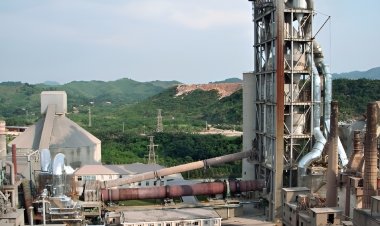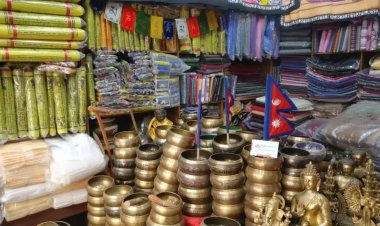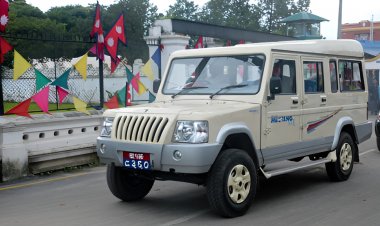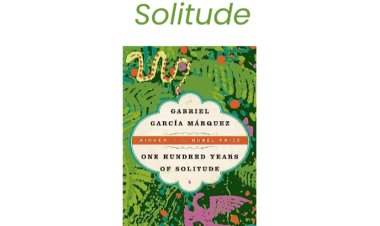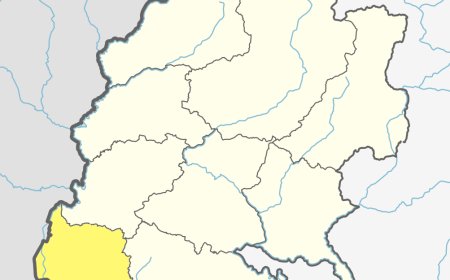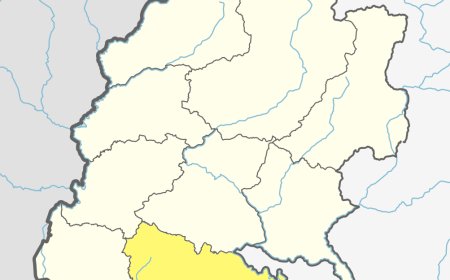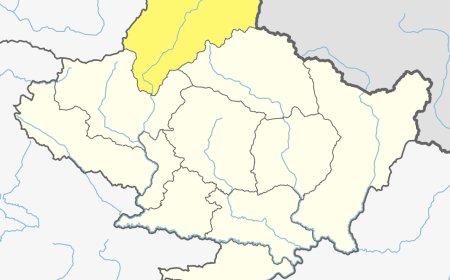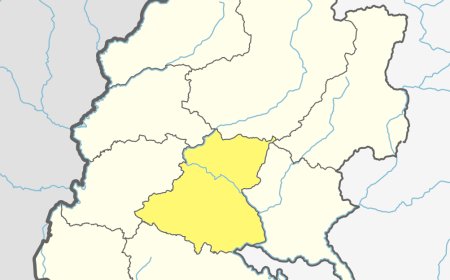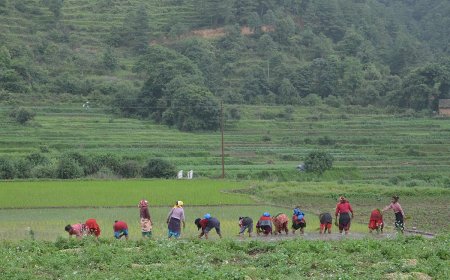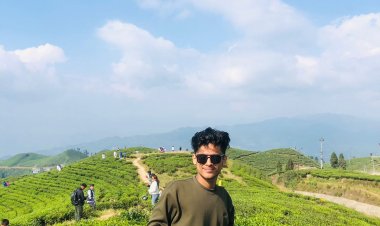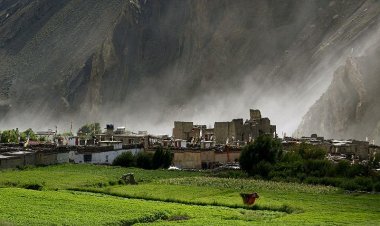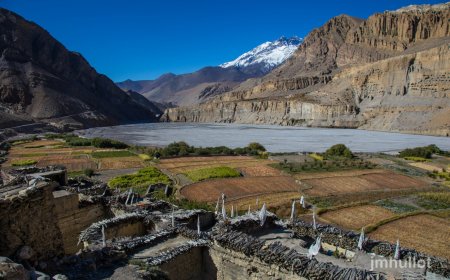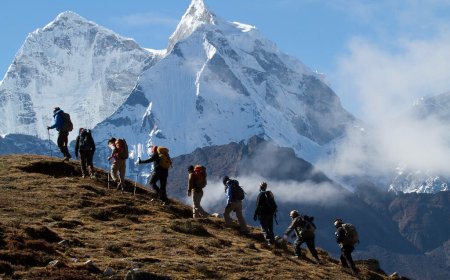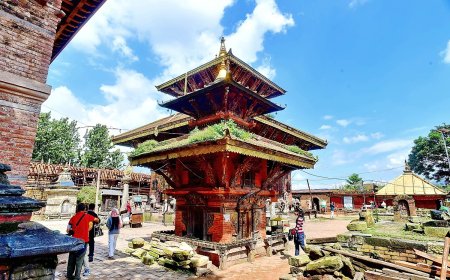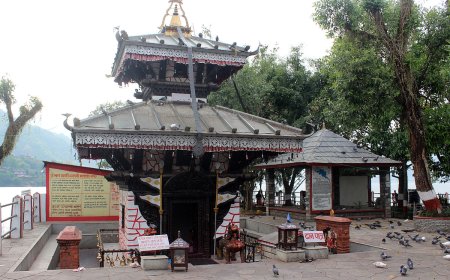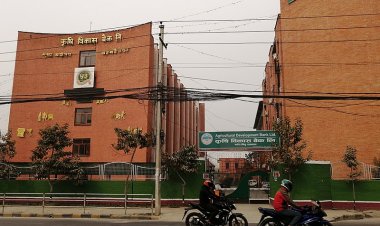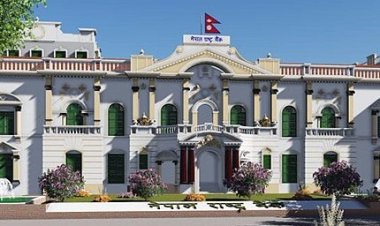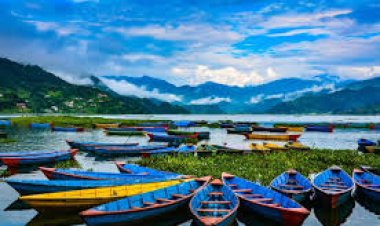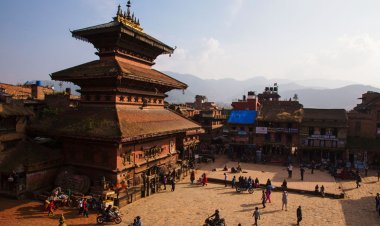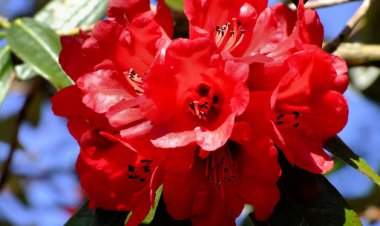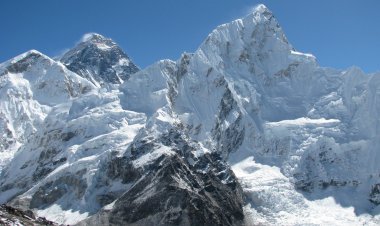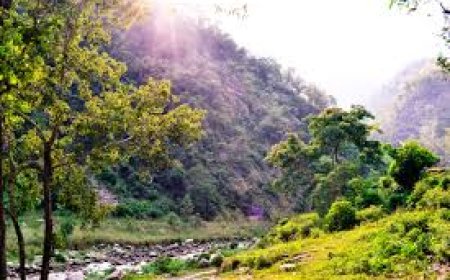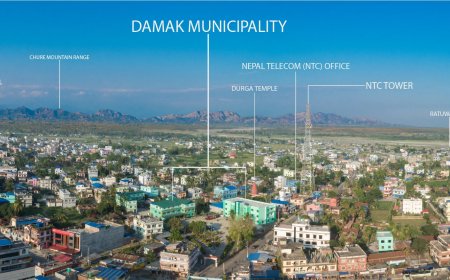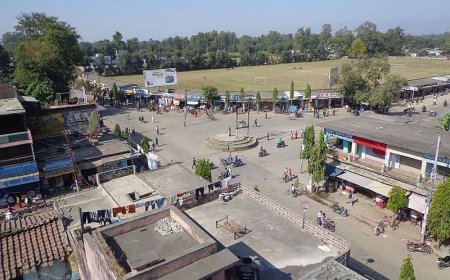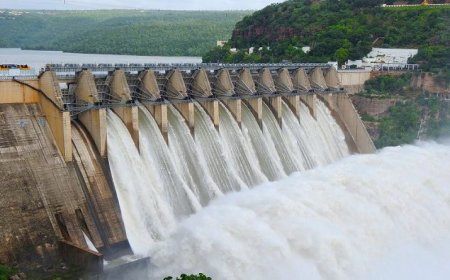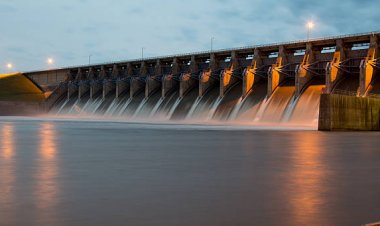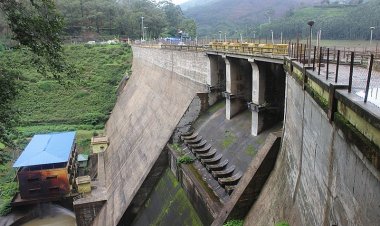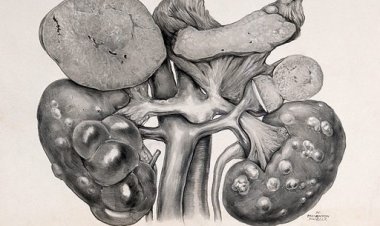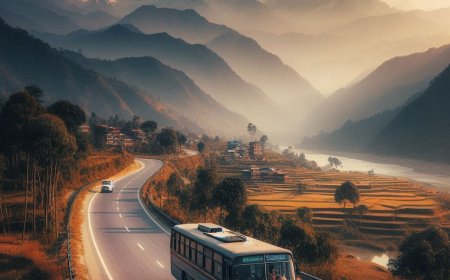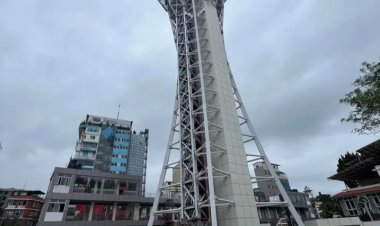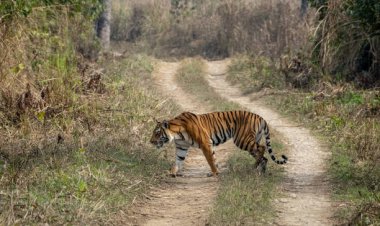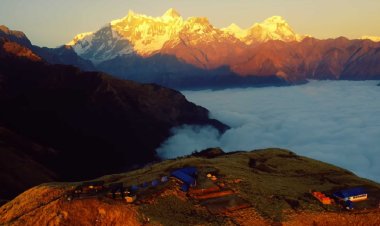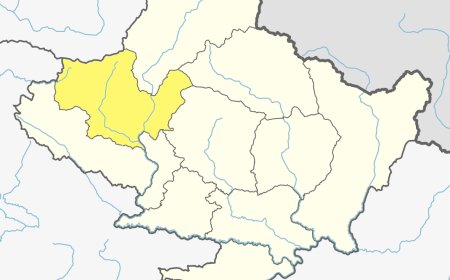Parbat: A District of Natural Wonders and Vibrant Culture
Let’s explore Parbat, a district rich in natural beauty, cultural heritage, and scenic attractions like the world’s deepest gorge, Kali Gandaki.
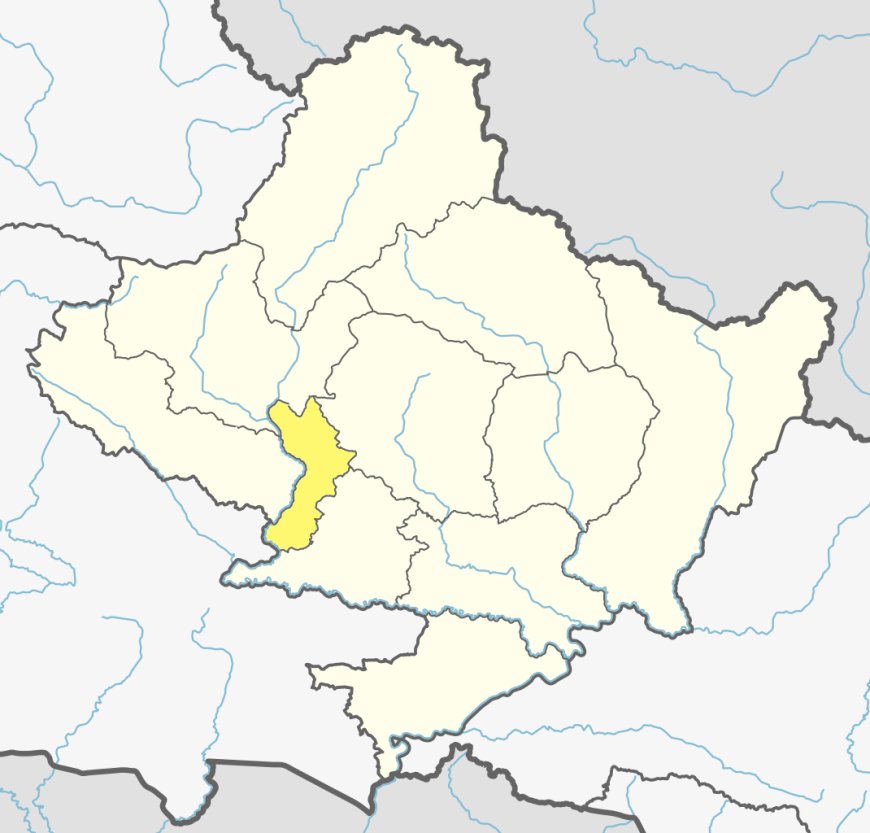
Introduction

Parbat is considered one of the most beautiful districts in western Nepal, extremely famous for its natural beauty, cultural diversity, and historical importance. It lies within Gandaki Province and is often referred to as the "Gateway to the Annapurna region." This is a harmonious blend of green hills, ancient temples, and traditional villages. With its headquarters in Kushma, this district is an ideal destination for adventurers, pilgrims, and cultural enthusiasts. It is a district of itself, with suspension bridges, panoramic landscapes, and warm communities.
Geographical Overview
This district covers an area of 494 square kilometers and features a varied topography of hills, valleys, and rivers. The elevation ranges from 520 meters to 3,300 meters above sea level, offering breathtaking views and diverse natural habitats. The Kaligandaki River, one of Nepal's major rivers, flows through this district, shaping its landscape and providing essential resources for agriculture and hydroelectricity.
The district’s climate varies from subtropical in the lower regions to temperate in the higher areas, fostering a range of flora and fauna. The district’s natural beauty is further enhanced by its lush greenery, terraced farmlands, and cascading waterfalls.
Table: Geographical Features
|
Feature |
Data |
|
Total Area (sq. km) |
494 |
|
Altitude Range (m) |
520–3,300 |
|
Major River |
Kaligandaki |
|
Climatic Conditions |
Subtropical to Temperate |
Demographics
This district is home to approximately 146,000 people, comprising various ethnic groups. The Magar community is the largest, followed by Brahmins, Chhetris, and other indigenous groups. Nepali is the primary language spoken in Parbat, while Magar, Gurung, and Newari languages are also prevalent, reflecting the district’s rich cultural tapestry.
Traditional festivals and cultural practices are an integral part of life in Parbat. The unique customs, dances, and rituals of the local communities provide a glimpse into their vibrant heritage.
Table: Ethnic Composition
|
Ethnic Group |
Percentage (%) |
|
Magar |
40% |
|
Brahmin |
25% |
|
Chhetri |
20% |
|
Other Groups |
15% |
Cultural and Historical Significance
This district is steeped in cultural and spiritual heritage. The district is known for its ancient temples and traditional festivals. Magars celebrate Bhume Puja, a festival dedicated to nature and land worship, while Hindus observe Dashain and Tihar with grandeur.
The Kalika Temple, located atop a hill in Kushma, is a significant religious site, drawing devotees from far and wide. Another notable landmark is the Gupteshwor Cave, a sacred cave near the Kaligandaki River, revered by Hindus for its natural Shiva Lingam.
Table: Key Festivals
|
Festival |
Month |
Significance |
|
Bhume Puja |
June |
Magar festival honoring nature |
|
Dashain |
October |
Hindu festival celebrating victory |
|
Tihar |
November |
Festival of lights |
|
Maghe Sankranti |
January |
Celebration of harvest and health |
Major Attractions and Activities
This district’s beauty and cultural landmarks make it a prime destination for travelers. One of its most iconic attractions is the Kushma Suspension Bridge, one of the highest suspension bridges in the world, offering thrilling views of the Kaligandaki Gorge.
Other must-visit sites include the Dhawalagiri Icefall Viewpoint and the Mahabir Temple. Adventure seekers can enjoy activities like paragliding, trekking, and canyoning, while cultural enthusiasts can explore traditional Magar villages and experience their warm hospitality.
Table: Major Attractions
|
Attraction |
Location |
Highlight |
|
Kushma Suspension Bridge |
Kushma Municipality |
Panoramic views and thrilling experience |
|
Kalika Temple |
Kushma |
Sacred site with stunning hilltop views |
|
Gupteshwor Cave |
Kushma |
Religious site with natural formations |
|
Kaligandaki River |
Throughout Parbat |
White-water rafting and scenic beauty |
This district also promotes eco-tourism, ensuring sustainable travel practices that preserve its natural and cultural treasures for future generations.
Economic Overview
Agriculture is the backbone of this district’s economy, with rice, millet, maize, and vegetables being the main crops. The district is also known for its orange orchards, contributing significantly to local livelihoods.
Tourism is an emerging sector, fueled by attractions like the Kushma Suspension Bridge and the Kalika Temple. Handicrafts, including bamboo products and traditional Magar jewelry, further bolster the local economy while preserving the district’s cultural identity.
Table: Economic Highlights
|
Sector |
Contribution |
|
Agriculture |
Rice, millet, maize, vegetables, oranges |
|
Tourism |
Kushma Suspension Bridge, Kalika Temple |
|
Handicrafts |
Bamboo products, Magar jewelry |
Conclusion
Parbat is a captivating district that harmoniously blends natural beauty, cultural richness, and economic vitality. From its iconic suspension bridges and sacred temples to its terraced fields and vibrant festivals, this district offers something for every traveler. Whether you are an adventurer seeking thrilling experiences or a pilgrim looking for spiritual solace, this district promises unforgettable memories. With its breathtaking landscapes, unique traditions, and warm hospitality, this district is a destination worth exploring.
Frequently Asked Questions (FAQs)
1. Where is Parbat located?
Parbat is situated in the western region of Nepal, in Gandaki Province.
2. What is Parbat best known for?
Parbat is famous for the Kushma Suspension Bridge and its cultural heritage.
3. Which river flows through Parbat?
The Kaligandaki River flows through Parbat.
4. What is the dominant ethnic group in Parbat?
The Magar community forms the largest ethnic group in the district.
5. What are the major crops grown in Parbat?
Rice, millet, maize, and oranges are the primary crops grown in Parbat.
6. What is the best time to visit Parbat?
Spring (March to May) and autumn (September to November) are the best seasons to visit Parbat.
7. What cultural festival is celebrated by the Magar community?
The Magar community celebrates Bhume Puja to honor nature and land.
8. What is the significance of the Kalika Temple?
The Kalika Temple is a revered site offering spiritual solace and panoramic views.
9. What makes the Kushma Suspension Bridge special?
The Kushma Suspension Bridge is one of the highest in the world, offering thrilling views of the Kaligandaki Gorge.
What's Your Reaction?































